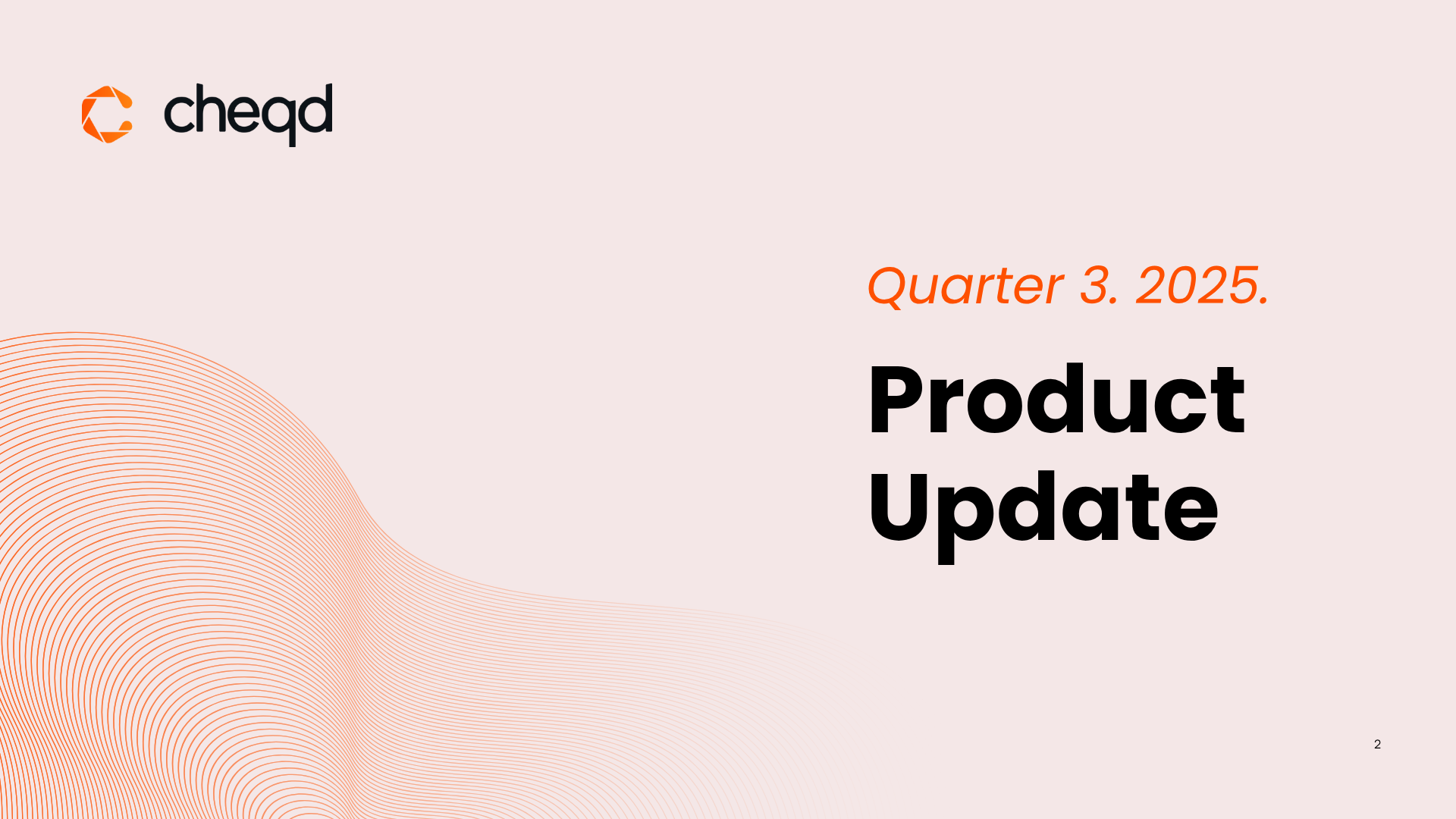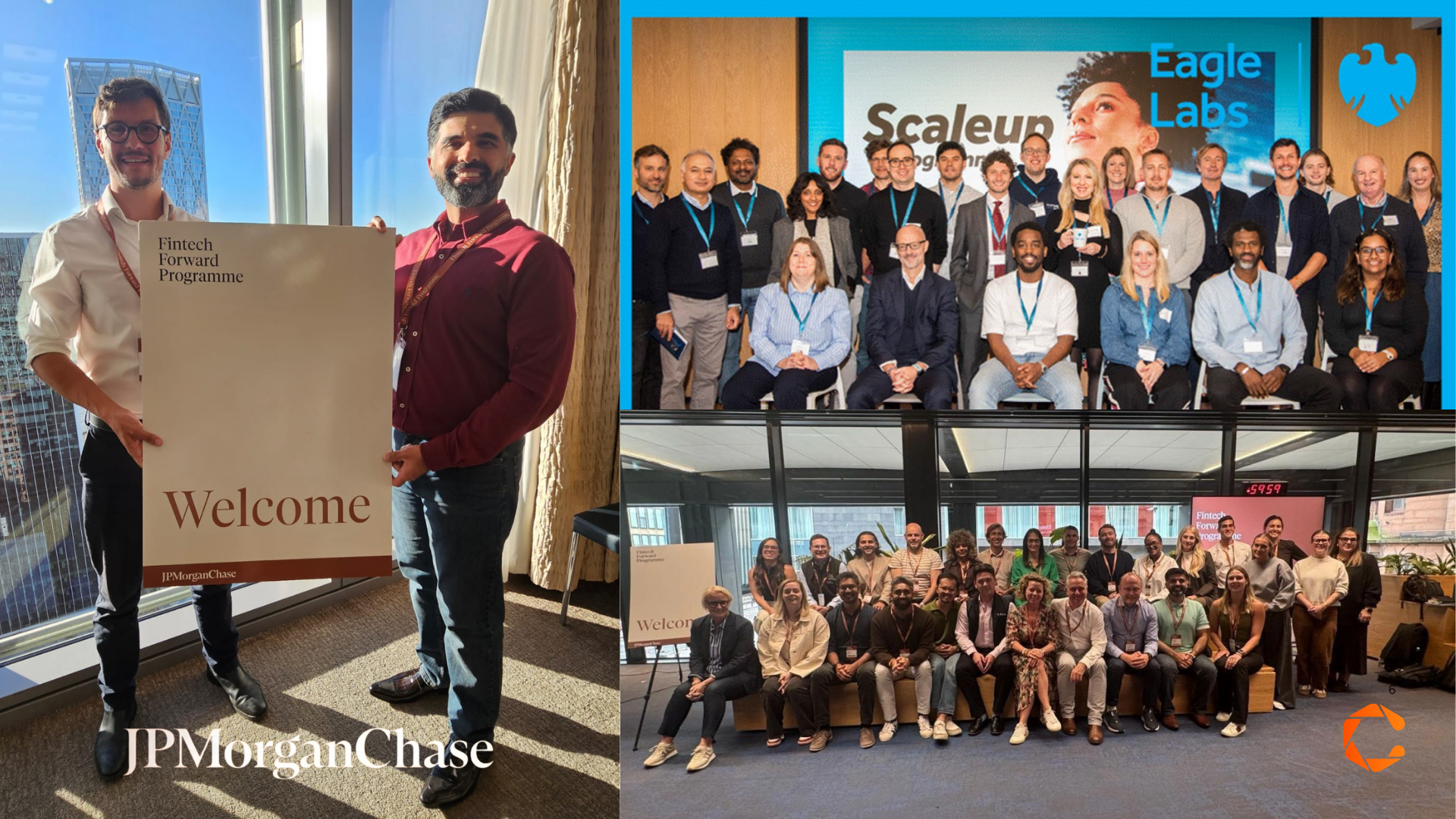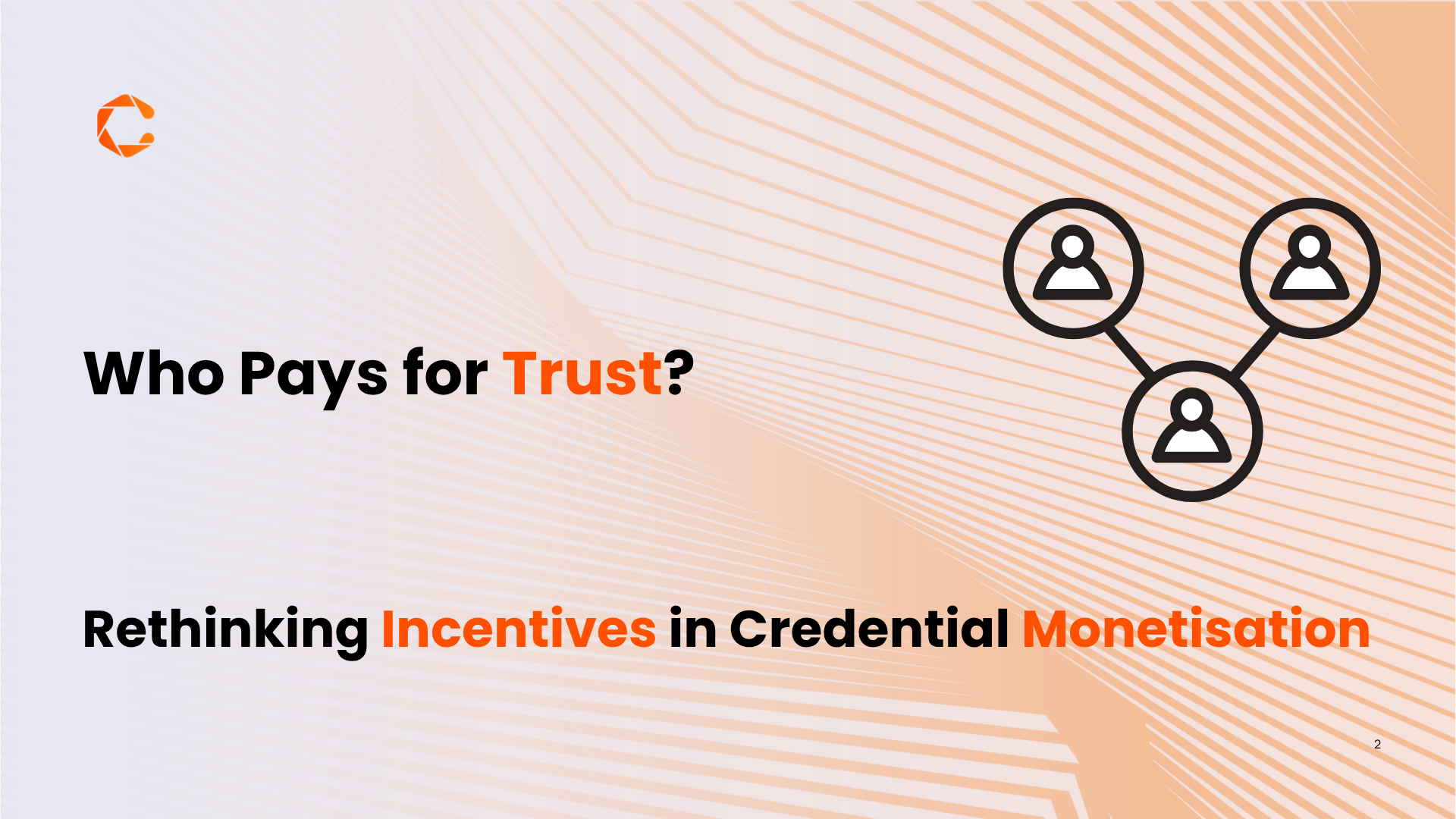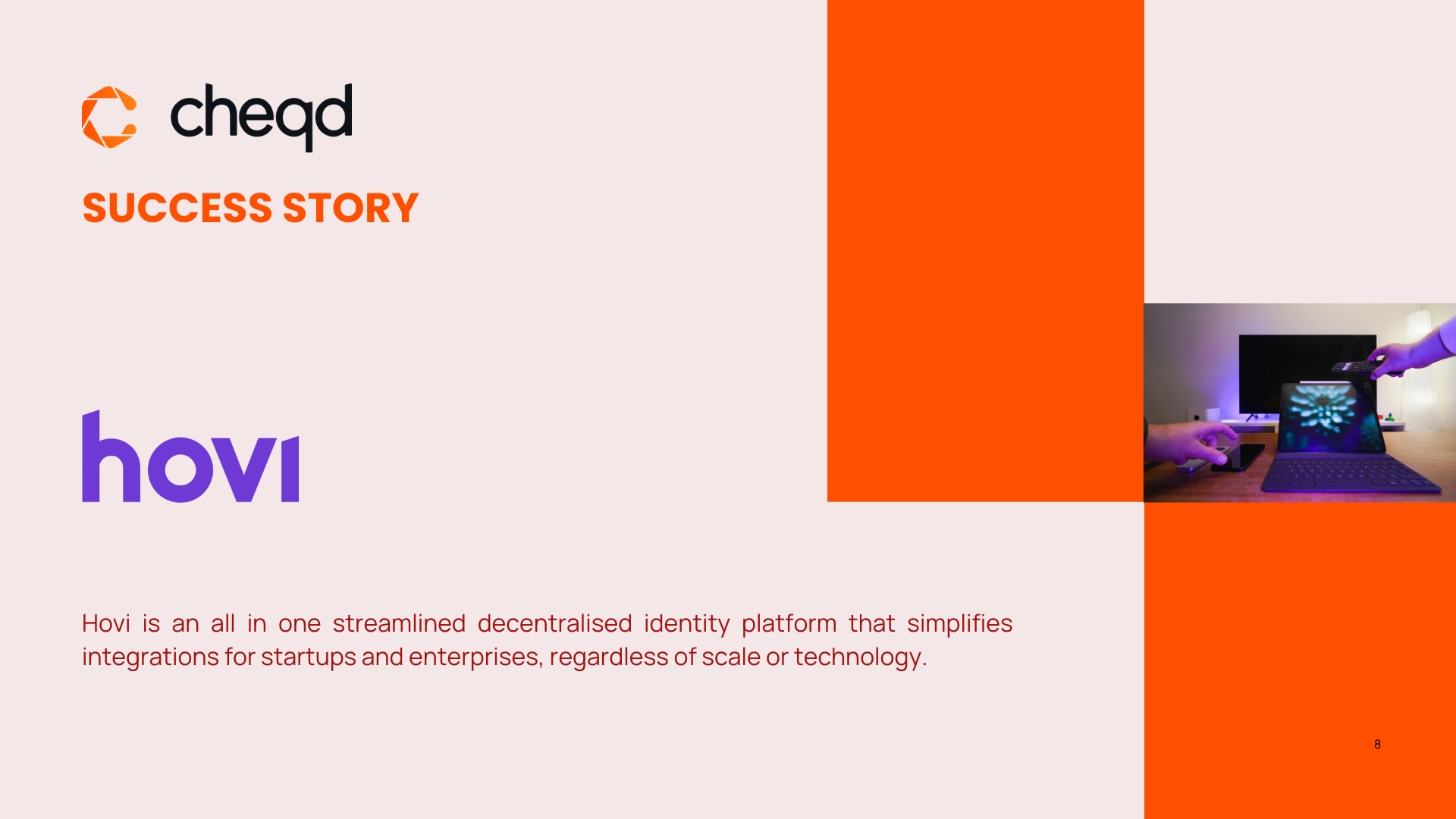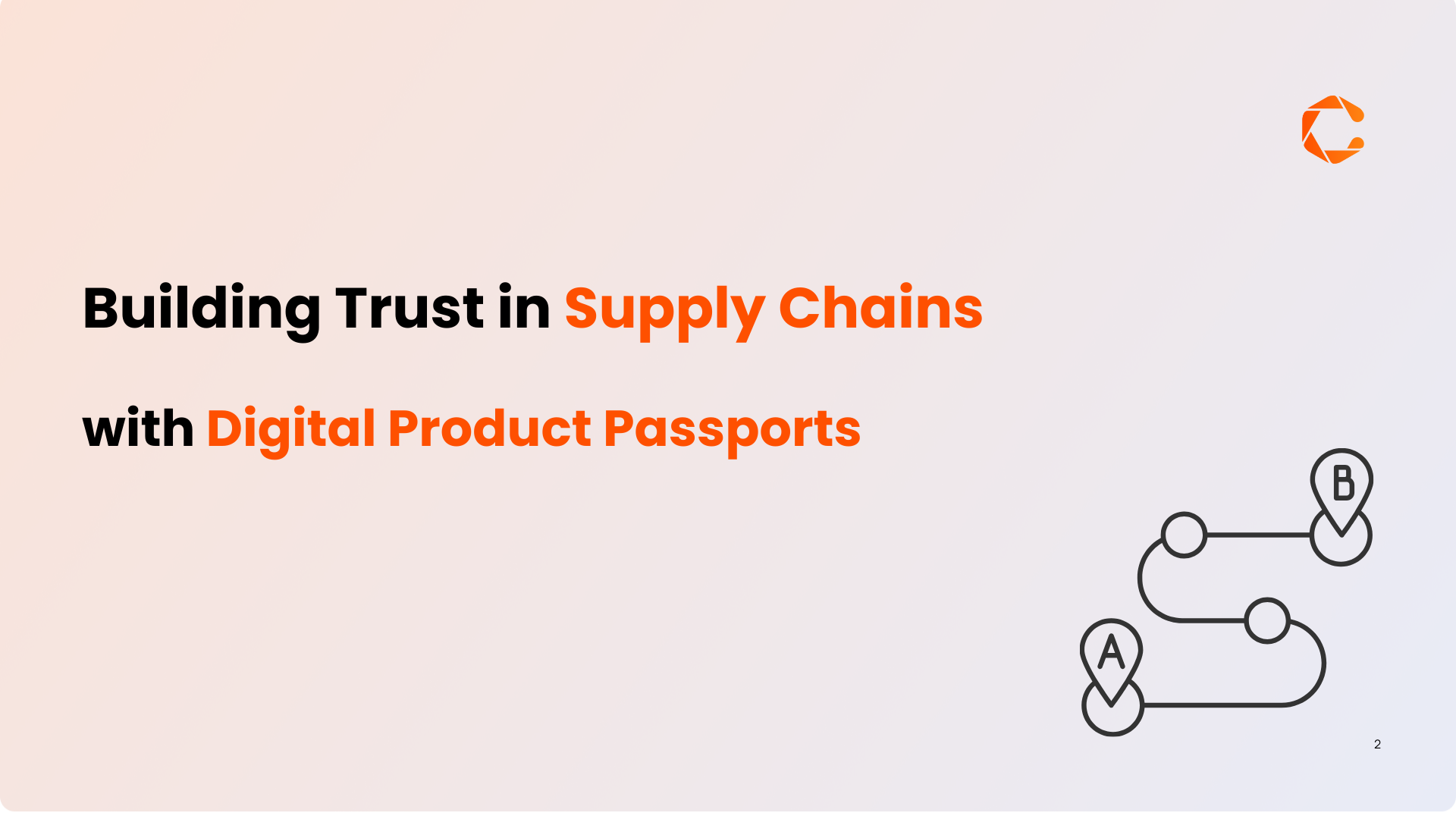Learn how easy it is to prove your content ownership and then sell it.
The Challenge of Proving Content Ownership
Since generative AI was developed, content is being scraped, cloned, and resold at a pace creators can’t keep up with. Platforms like Unsplash, Canva, and Shutterstock have opened incredible opportunities for creatives, but they have also become battlegrounds for attribution and ownership. Whether you’re a designer, writer, or photographer, proving that you created a piece of content is becoming harder than ever.
It’s not just about plagiarism anymore. AI tools like Magic Hour can generate content in seconds, often trained on datasets that include the very works creators post online. Many have seen their work reused without credit, or worse, rejected by clients or platforms as “possibly AI-generated.”
And when disputes arise, creators are often left asking:
“How do I prove I created this image?”
“How do I protect my work from being copied or imitated?”
“How do I stop AI from stealing my work?”
The traditional solutions like metadata, watermarks, or timestamps aren’t holding up. They’re easy to strip or fake. Creators need a new kind of proof: one that is portable, tamper-proof, and instantly verifiable. Not just for attribution, but also to unlock real-world monetisation. This is where Content Credentials enter the conversation.
What Are Content Credentials?
Technically speaking, Content Credentials are tamper-proof, verifiable attestations embedded directly into creative works to prove authorship and authenticity. Think of them as a digital stamp that says: “I made this and here’s the proof.”
An easier way to understand it, Content Credentials provide a verifiable record of a digital asset’s origin and journey. These credentials comprise information like the creator’s name or handle, timestamp of creation, editing history or tool used, proof of originality or non-AI generation, a link to a trust registry or verification source, etc. Read this blog to learn how Content Credential benefits creators and consumers.
Industry leaders are already experimenting with this approach. One excellent example is the Content Authenticity Initiative, which has collaborators likeAdobe, Microsoft,cheqd and other well-known companies with the goal of making digital media more accountable. Tools like Figma and Adobe’s own Creative Cloud suite are well-positioned to embed these credentials into the creative process, making verification frictionless.
Moreover, cheqd is helping to shape a new standard called the Identity Assertions specification, which will provide a common way for creators to embed identity ‘assertions’ into their digital content. This is currently a missing piece of the existing C2PA specification, which will help supercharge digital content with verifiable credentials and Decentralized Identifiers (DIDs).
As AI-generated content floods the internet, content authentication for creators becomes more important than ever. Whether you’re selling artwork, stock images, or freelance services, digital content credentials give you the ability to prove authorship, protect your brand, and ultimately monetise your originality.
The Monetisation Value of Content Credentials
For creators, Content Credentials aren’t just about proving authorship, they’re about unlocking real world value. If you can prove that you created something, it becomes exponentially easier to monetise original content, license it, and protect it from misuse.
Let’s say you sell designs through Etsy or OpenSea. When disputes arise over originality or AI involvement, having verified digital assets gives you an edge. You can show buyers a credentialed proof of creation timestamped before any copycats appeared. That level of trust builds your reputation and lets you charge premium rates.
Instead of losing revenue to imitation and AI lookalikes, creators can now make money with original content that’s backed by verifiable proof. Think of it like a “digital provenance” layer, one that’s portable across platforms and recognised globally.
As more marketplaces and platforms embrace content verification, creators using Content Credentials will stand out not just as artists, but as authenticated ones. The result? More trust. Less friction. Better earnings.
How Content Credentials Make Selling Original Work Easier
Here’s how Content Credentials transform the creative hustle to unlock monetisation without jumping through hoops:
1. Instant Proof of Authorship
With content credentials, your work is embedded with verifiable data, such as who created it and when. This metadata is cryptographically signed, meaning it can’t be faked or edited. It eliminates the “he said, she said” around authorship, giving creators indisputable ownership of their work.
2. Trust at the Point of Sale
Your credentials would be displayed next to your content in marketplaces. Buyers can see that the information is real right away, which speeds up transactions, eliminating the need to give source files, drafts, or emails to show it’s yours.
3. Premium Pricing Justified
When your work carries a verified credential, it’s no longer just another digital asset, it’s a verified original. This lets you confidently charge higher rates, secure premium placements, or license your work with greater authority.
4. Win Disputes with Evidence
You will have verifiable, timestamped proof of authorship, something that most creators do not possess in the event that someone duplicates or steals your work. This becomes essential in issuing takedown requests or escalating IP infringement cases, without needing a lawyer or a lengthy battle.
5. AI-Proof Your Reputation
While AI-generated content is flooding the web, creators need to stand out as human made. Credentials that demonstrate your content was created by you, not an algorithm, provide you an immediate credibility boost that helps you stand out from the competition and draw in customers who value authenticity.
6. Portable Across Platforms
Once you’ve credentialed your work, it’s yours forever, not tied to any single platform. You can display it with complete proof of origin on your own portfolio or on Dribbble, Fiverr, or Behance. Since there is no vendor lock-in, your creativity and mobility are preserved.
How cheqd Enables Content Credentials
Proving authorship and authenticity in a digital world requires more than simple metadata or watermarks. It demands cryptographic guarantees and decentralised infrastructure. cheqd offers a distinct advantage in this regard by enabling verifiable credentials for content via its decentralised identity and trust system.
cheqd’s infrastructure uses Verifiable Credentials (VCs) and Decentralised Identifiers (DIDs), open standards developed by the W3C, to make content credentials secure, tamper-proof, and portable across ecosystems. These technologies allow creators to issue cryptographically signed claims about their content, such as authorship, creation date, and whether AI tools were used in the process. These claims are embedded into the content or linked alongside it, creating an immutable link between the creator and the work.
When a buyer or platform encounters the content, they can instantly verify the credential to confirm its authenticity, origin, and integrity, without needing to rely on a centralised authority.
Unlike traditional methods such as watermarks or raw metadata, this approach cannot be faked or stripped. And unlike NFT-based claims, which primarily prove ownership of a token rather than authorship of the content itself, cheqd’s credentials focus directly on who created the content, how it was made, and why it can be trusted.
Additionally, cheqd supports trust registries for digital content, allowing marketplaces and platforms to verify that only credible entities are issuing these credentials. This ensures a reliable ecosystem where content credentials are institutionally trusted.
While demand grows for decentralised content verification, cheqd’s infrastructure offers a scalable, privacy-preserving way to protect creators, build trust with consumers, and unlock new monetisation paths in the digital economy.
Human-Made, Verified, and Paid
To distinguish your work from other creators and AI-generated media, proof of creation is crucial. Content Credentials enables creatives to now cryptographically prove authorship, attach that proof to their work, and carry it across platforms, clients, and marketplaces. A simple filter like “Fiverr image no AI” could separate credentialed creators from the crowd, leading to faster sales and higher trust.
Thanks to decentralised technologies like Verifiable Credentials and cheqd’s infrastructure, individual creators can take control of their digital identity and attribution. Whether you’re a designer, illustrator, writer, or photographer, human made now means something provable, something you can attach, display, and get paid for.
The future of creativity is credentialed. Make sure your work is ready.
Want to see how this works in practice? Click here


